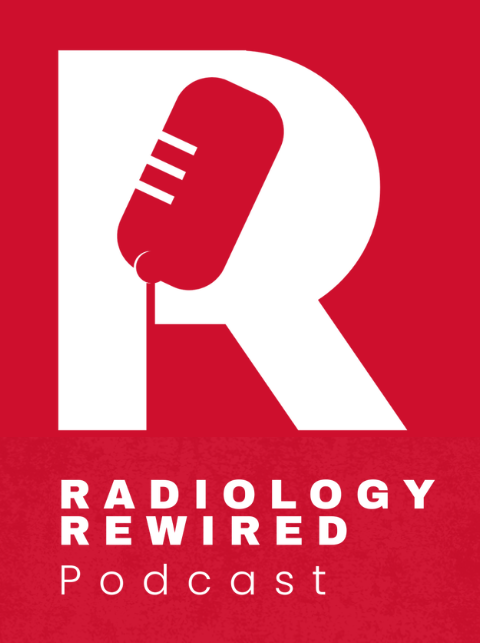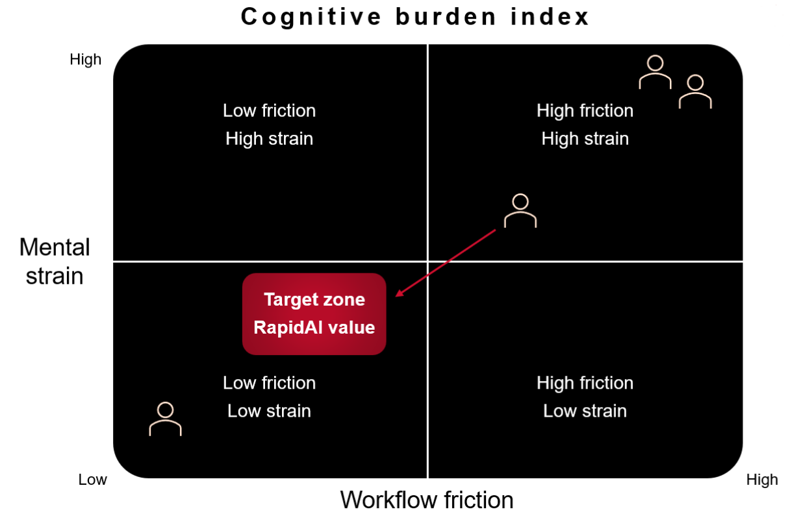Pooled data confirms benefit of EVT in the late window
An analysis of six randomized clinical trials found that patients meeting the DAWN (clinical mismatch) or DEFUSE 3 (target mismatch) imaging profiles experienced significant functional improvement at 90 days when treated with endovascular thrombectomy (EVT) in the 6–24 hour late window.
The findings by Dr. Greg Albers and colleagues were published in JAMA Neurology.
Key takeaways:
- Patients who met the DAWN (clinical mismatch) or DEFUSE 3 (target mismatch) imaging profiles and were treated with EVT in the late window (6-24 hours) showed significant improvements in clinical outcomes. This treatment effect was significantly larger than observed in patients who did not have perfusion imaging and therefore had an undetermined imaging profile.
- More patients fit the target mismatch profile than the clinical mismatch profile and the results of this study show that target mismatch can be used up to 24 hours to select patients.
Why DAWN and DEFUSE 3 changed late-window stroke care
In 2018, two landmark RCTs, DAWN and DEFUSE 3, proved that selected patients diagnosed with acute ischemic stroke can be treated with EVT for up to 24 hours from the onset of symptoms. In both these trials, the Rapid imaging platform was used to process the CT perfusion (CTP) or MRI scan data.
These trials led the American Heart Association and American Stroke Association to extend the treatment window for EVT in eligible patients from 6 to 24 hours following the onset of symptoms, enabling more patients to benefit from life-saving treatment.
The DAWN and DEFUSE 3 trials demonstrated the benefits of EVT in patients with slow infarct growth rate and good collaterals in the extended treatment window.
Selecting patients for EVT in the extended treatment window
Patient selection in the late window differs depending on the criteria established in the DAWN and DEFUSE 3 trials. Both studies relied on CT perfusion (CTP) or MRI data processed by the Rapid imaging platform, but they applied distinct approaches to defining eligibility.
The DAWN trial used CTP or MRI scan data processed by Rapid software to evaluate clinical mismatch (size of early infarction vs presenting clinical deficits) and select patients eligible for EVT.
The DEFUSE 3 trial used CTP or MRI scan data processed by Rapid software to evaluate target mismatch (size of early infarction vs size of perfusion lesion) and select patients eligible for EVT.
The target mismatch criteria is more generous, and more patients can be treated using this criteria.
The AURORA study: pooled analysis of late-window thrombectomy trials
The AURORA study (Analysis of Pooled Data from Randomized Studies of Thrombectomy More Than 6 Hours After Last Known Well) combined patient-level data from six landmark randomized clinical trials: That is, data from DAWN, DEFUSE 3, REVASCAT, ESCAPE, RESILIENT, and POSITIVE trials.
Data of patients whose CTP or MRI scan, baseline NIHSS, and 90-day mRS profiles were available were included. All CTP and MRI scans of patients selected for inclusion in the AURORA database were processed using Rapid software.
Based on the baseline imaging profile and NIHSS, patients were categorized into three groups:
1) Patients who met the clinical mismatch criteria (similar to DAWN)
2) Patients who met the target mismatch criteria (similar to DEFUSE 3)
3) Patients whose imaging profile could not be determined because of inadequate scan.
To determine the optimal imaging profile to select patients eligible for EVT in the extended treatment window (6-24 hours), the clinical outcomes in patients belonging to the three groups were compared.
Data from 504 patients were analyzed as part of the study, out of which 266 patients were treated with EVT, and 239 were part of the control group.
Dr. Greg Albers discusses findings from the AURORA pooled analysis, which confirmed that patients meeting DAWN and DEFUSE 3 imaging criteria benefit from thrombectomy in the 6–24 hour window.
Patients selected for EVT using DAWN or DEFUSE 3 imaging profiles showed significant clinical improvements
Association between imaging profile and clinical outcomes
Analysis of the AURORA database confirmed that patients selected for endovascular thrombectomy (EVT) using DAWN clinical mismatch or DEFUSE 3 target mismatch imaging profiles achieved significant clinical improvements compared with control groups. These patients had lower overall disability and a higher likelihood of functional independence at 90 days, while outcomes were not significant for patients with undetermined imaging profiles.
When outcomes were assessed across three time intervals — 6.0–9.5 hours, 9.6–12.7 hours, and 12.8–24 hours after symptom onset — significant treatment effects were observed in both mismatch groups. Notably, patients with a target mismatch profile treated between 12.8 and 24 hours demonstrated the greatest odds of improved outcomes, underscoring the value of advanced imaging to guide EVT decisions late into the treatment window.
The AURORA pooled analysis reinforces that using either clinical mismatch or target mismatch criteria is an effective strategy for identifying patients who benefit from thrombectomy beyond six hours, extending eligibility well into the 6–24 hour window.
Evidence from DAWN, DEFUSE 3, and the pooled AURORA analysis confirms that advanced imaging is essential for identifying patients who benefit from endovascular thrombectomy (EVT) in the 6–24 hour late window. By applying either the clinical mismatch or target mismatch profile, stroke teams can safely expand access to thrombectomy, reduce disability, and improve long-term outcomes. These landmark trials established the foundation for guideline changes and continue to shape best practices in late-window stroke care.



